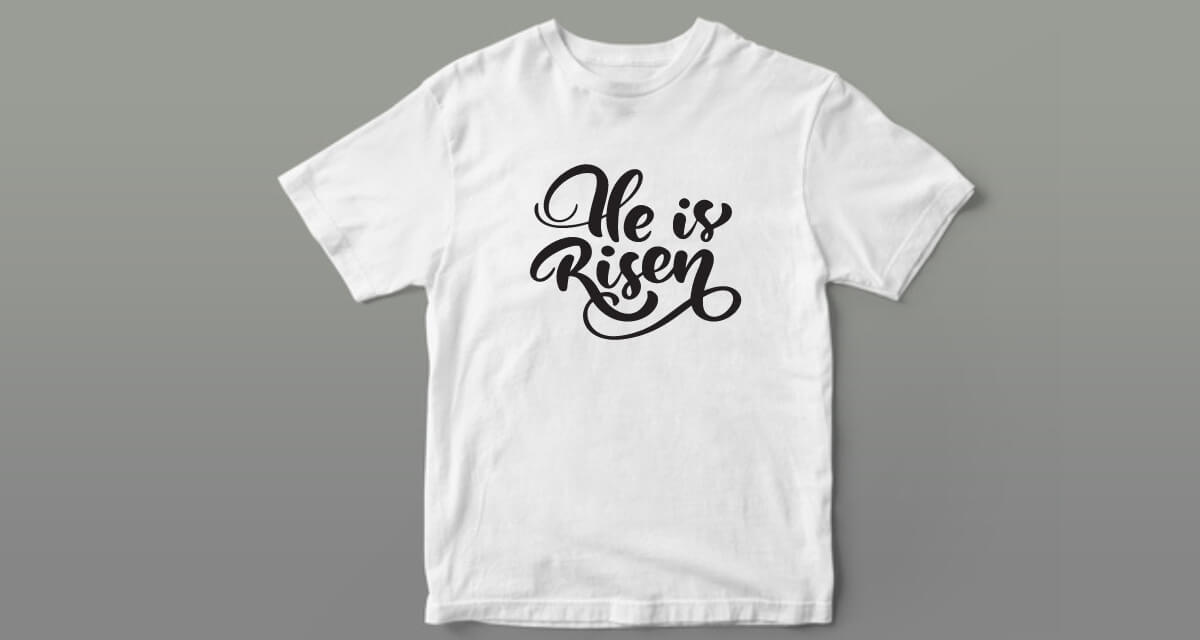
The intersection between fashion and faith is complex and multifaceted, impacting how people express their beliefs. the brand American Apparel has taken the religious themes of clothing to a new level with collections that are designed to make a statement about embracing freedom from traditional values.
Whether it's celebrating social awareness in apparel designs or creating an aesthetic for spiritual events, this intersection has important implications for how we view our identities and construct our sense of self through fashion choices.
Fashion And Faith: American Apparel's Religious-Inspired Fashion

American Apparel's clothing line draws inspiration from faith and religion, prompting debate among the public due to its potential for cultural appropriation and disrespect for certain religious beliefs.
Overview Of American Apparel Brand's Religious-themed Designs
American Apparel has been pushing the boundaries of fashion and faith, with religious-inspired designs helping to redefine the intersection of style and spirituality. The fashion brand, which was founded by CEO and president Dov Charney in 1998, is known for its provacative style that often draws both criticism and admiration from customers.
American Apparel started incorporating spiritual symbols into various elements of their clothing design early on, notably introducing t-shirts and jeans with Judaica motifs in 2001.
In the year 2005 they first introduced brimmed hats adorned with sacred Hebrew letters as part of their product line.
The company put a spin on traditional crucifixes and other Christian insignia when it began selling statement jewelry such as "Jesus Saves" rings in stores in 2006; since then many items featuring religiously inspired iconography have become staples in the American Apparel's collection season after season.
By combining cutting-edge design elements and faceted stone detailing, American Apparel has been able to branch out into more categories than just apparel – offering pieces that exude a sense of edge yet remain free from controversy or negative feedback from those sensitive about religious subject matter being used for commercial gain.
Significance Of Religious Clothing
Religious clothing has long held an important role in a variety of cultures and faiths. For many, religious garments are not only items of fashion but also symbolize spiritual values and beliefs as well as cultural identity.
It is not just the garments themselves that represent a sacredness; in some contexts, certain features such as colour or fabric can hold specific meanings.
In terms of fashion, this significance has been embraced by current designers who have drawn inspiration from religion. High-end designer Gabrielle incorporated motifs including crosses into her designs while Christian Siriano highlighted Jerusalem in his couture show at the 2017 New York Fashion Week which showcased modest gowns with global appeal .
American Apparel's first order was vinyl printed garments featuring bible passages paired with bright slogans, couples with cross prints on different kinds of clothes ranging from hoodies to T-shirts asserting their interest towards promoting faith amongst young peopleThese examples illustrate how religious symbols have over time, become intertwined within mainstream society through fashion lines reflecting personal expression and trends .
However , when these elements from religions are used out context there can be backlash surrounding accusations commercializing sacred symbols or objects for financial gain Perceptions remain strong that commercialised usage appears disrespectful to faithful adherents and therefore must be navigated carefully Brands should strive for directional accuracy when securing permission to use logo based elements associated with Religion and ethics inherent in its culture Taking this approach allows companies like American Apparel seek methods balancing both trends with traditions while avoiding any unintended offense being taken Ultimately finding a balance between enabling individual educational experiences related to Faith without exploiting it’s core value system is essential if they wish succeed tastefully representing culture within the industry.
Controversies Surrounding The Intersection Of Fashion And True Religion Brand

The conversation surrounding fashion and religion creates tensions as different parties debate over the appropriateness of commercializing sacred objects and symbols.
Debate Over Commercializing Sacred Symbols And Objects
The intersection of fashion and religion is an often controversial subject for many religious communities. Businesses that choose to incorporate a range of religious symbols, including crosses, halos, and other sacred objects in their clothing designs may face backlash from the public or even their target market.
Religious-themed clothing can be seen as offensive or disrespectful to certain faiths when it is misused or overcommercialized. On the other hand, businesses who are successful at balancing faith motifs with stylish design aesthetics could benefit in terms of unique brand differentiation and sales and revenue growth potential.
For example, American company: Apparel's Fashion and Faith campaign showcased several collections inspired by Christian iconography such as angels, Jesus figures, and Noah’s Ark themes featuring models draped in traditional icons like Native American heirlooms alongside European ceremonial jewelry pieces from Spain - provoking controversy amongst both religious groups who viewed these designs as sacrilegious yet captivating shoppers with trendiness.
Cultural Appropriation And Disrespect For Religious Beliefs
In recent years, there has been an increased focus on the fashion industry's obligation to be mindful when borrowing from other cultures. Calls are being made for fashion designers to be conscious and respectful of religious beliefs associated with a certain item of clothing, fabric or pattern they wish to use in their designs.
For businesses looking to incorporate religious themes in their fashion designs, it is essential understand the cultural and religious significance behind them before using them commercially.
Designers must consider whether an element of design is closely tied to faith custom — such as draping a kente cloth which holds great symbolic value for some African religions — or merely contains patterns inspired by elsewhere without cause for respect from those who hold deep-rooted values associated with it.
Conclusion: Finding A Balance Between Fashion And Faith In American Apparel
The intersection between fashion and faith has often been a contentious issue. On the one hand, many see clothing as an expression of religious devotion, carrying moral significance and spiritual importance.
On the other, some view it as commercialization and exploitation of sacred symbols or symbols that can be seen to disrespect particular beliefs. The debate is likely to continue and not to resolve any time soon but it remains important to find a balance between representing faith in style while respecting its cultural heritage.